We are so lucky to be photographers in this day and age when the equipment available to us is sooo impressive and produces such impressive results. I truly believe that bird photography, along with birding travel can be counted as the highest levels of our grand birding activities, and bird photography clearly enhances all other kinds of birding activities we enjoy, ranging from photographing backyard birds and birdhouse birds to photographing birds during a travel adventure, while hiking, biking, kayaking, boating. You can display favorite photos in your home, on social media; heck, I add a bird photo to almost all emails I send, and some texts too. Bird photography brings us thrills, colors, flights, and it gets us into the outdoors, camera in hand.
Last week I read a birding post from a birder in an Atlantic Coast state who asked for some suggestions for a camera he could use to photograph birds. It was obvious the birder was something of a beginner on a budget, requesting manual options to a camera, seeming to be a bit overwhelmed by the many options provided by most digital cameras available today. That’s understandable, and I appreciated his interests and concerns.
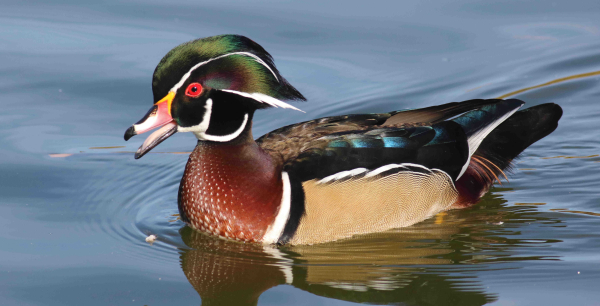
In this article, I’d like to offer a few suggestions about a couple cameras that I would recommend as a basis to start with, my best picks if I was shopping on a budget. Then, using those cameras as a basis to begin with, anyone should be able to begin to shop beyond those suggestions. I’ve done all the shopping already – for myself – and I’ve done all kinds of bird photography and interacted with many of the best bird photographers across the country. I see what equipment people are using with an appreciation for those cameras and lenses, and I see the photos that are being taken an experienced eye. Using that considerable background, I want to help pass along a couple fairly simple suggestions to help give anyone interested in photographing birds a good start, with an eye on both budget and photo quality.
Where to Begin
It is important to talk to a few bird photographers in advance of buying photo equipment to get their take on what to buy within your personal interests of price, quality, and camera model and lens options. I offer a few suggestions below to give you a starting point as you shop for a camera and lens. But I start by saying beware of talking with a sales person with no understanding of bird photography, which includes almost all of them.
Also, too often, I see books or articles in which professional wildlife photographers direct people to buy professional level equipment. Great if you have an extra ten of thousand dollars to spend; but c’mon, hobbyists don’t need professional grade equipment, and beginners certainly can learn to use fairly basic camera and lens options and improve on that equipment in a couple years. Then, as a birder improves, experiences great successes, and saves their dollars, the sky is the limit – or perhaps I should say: the bank is the limit.
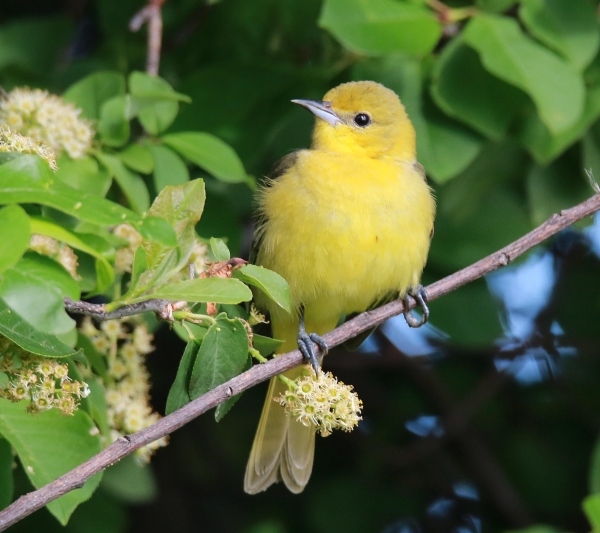
At this point, let me share with you that almost no-one quits photographing once they start. It is so easy to get enthused about photographing birds and you are seriously adding a new dimension to your birding activities by photographing birds. It’s remarkably fun and rewarding, because it is pretty easy to get good results, and you just keep getting better as a bird photographer, month after month, year after year. You photograph more and more new birds, during different seasons, and in different habitats – it’s exciting, it’s one of the most fulfilling things that a birder can experience, and it provides something we all need more of in our lives – Fun.
Having shared that, it’s best not to enter into bird photography with a worry that you may not like the activity. Instead, look at a camera it like it’s a machine you need to do an activity you will be enjoying for decades into the future. I have met thousands of bird photographers, but I have met less than a handful of former bird photographers. So let’s get started; you really only need 2 things – a camera and a lens.
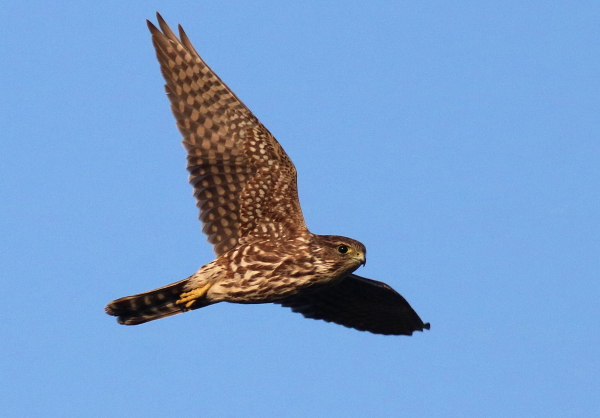
Choosing a Camera Body
These days there are 2 options to choosing a digital camera body – a DSLR (digital single lens reflex), which has been standard since digital cameras became available; and the newer version of the digital camera – the Mirrorless Digital Camera. Manufacturers are making more and more mirrorless models available, and it looks like some will offer only mirrorless models soon, with virtually all companies following suit in a short time. Therefore, it looks like it’s the start of the Mirrorless Age. Even so, if you buy a DSLR camera today while they are still widely available, you won’t loose out in any way – you will probably just not have the option of buying a DSLR body when you are ready to upgrade – your next camera may be a mirrorless camera, and you won’t lose anything in the process.
First, which manufacturer do you start your shopping with? Just as if you are looking for a car, there are several manufacturers to consider – it’s like starting with Ford and Chevy. For cameras, we tend to start with Canon and Nikon, although there are also Olympus, Sony, and few others. I’m going to share what I know best, and I’ve always owned Canon cameras because they were more affordable, more innovative, and among many hobbyists and pros, they became the most favored.
If I was buying a camera today, I’d select 1 of 3 Canon cameras, depending on whether I was a beginner or advanced bird photographer – and whether I was looking for an economical or spendy option.
The most important indicator that you will be taking quality photos is to use a camera that has at least a 20 meg (megapixel) sensor. With that in mind, my first suggestion is the new Canon Rebel T8i camera body, that provides a 24 meg sensor, along with all the other exciting features you would expect – a fast autofocus, and high-speed continuous photos up to 7 frames per second, and great video options ($750); see EOS Rebel T8i EF-S 18-55mm f/4-5.6 IS STM Kit (canon.com)
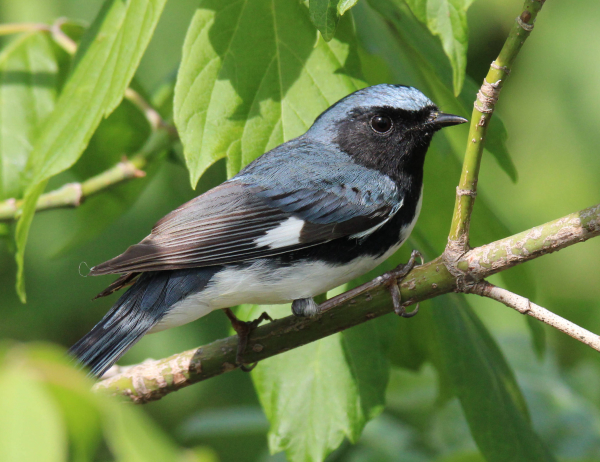
My favorite digital camera body for some years has been the Canon D90, which offers 32 megs of photo quality, continuous photos up to 10 frames per second, a $1,200 price tag, and a host of other exciting features that you can refer to at EOS 90D Body (canon.com)
Since it appears the industry is headed toward a mirrorless future, I’d pick a Canon EOS R7 camera body if the mirrorless option interests you. This R model has a 30 meg sensor and all the options you can hope for in a camera with a heftier price of $1,700, which you can learn more about at EOS R Body (canon.com)
Now keep in mind, you can spend $7,000 on a camera body, and thousands more on a lens if you are so inclined, but I’m trying to give you a realistic look at some camera options that will serve you for years and decades to come. And keep in mind, used cameras and lenses do have a resale value if you want to upgrade to a new model in the future. That said, you can also buy a used camera or lens that’s been taken good care of – and I’ve found that photographers take remarkably good care of their equipment, so the used market tends to be a real option if you are short on cash. Some people look at their photo equipment as so important that they are willing to take out a loan via a credit card or a credit line with a photo company – just pointing out that it’s an option.
Bird Photography Lenses
Even more important than your camera choice is the lens you buy to use for bird photography. Your lens provides the image quality and magnification so important for anyone to take photos of birds. The first question is to decide between a zoom lens or a fixed-magnification telephoto lens. There is no question that a zoom lens provides the greatest versatility, allowing you to zoom closer with more magnification or zoom back for birds positioned closer or to include more surrounding landscape or more birds in a flock. A zoom lens permits you to do a lot of through-the-lens framing to get a couple different perspectives of a cooperative bird or flock of birds that give you extra time for composing a variety of images. Zooms are a bit more fun to use in that context, and you have a lot of different lens models to choose from with varied magnification range options.
For a couple decades I used a Canon 400mm telephoto lens, primarily because a 400mm was considered the highest magnification you could handhold, without having to use a tripod to steady the lens. At the same time, I used a Canon 100-to-350mm zoom lens, but I must admit that while that lens was usually best when photographing large mammals, I rarely used it for bird photography – it just didn’t have as much reach (magnification). Zoom lenses also tended to lose a bit of sharpness on the edges of the photos, but that has been a focused point of improvement for manufacturers for many years.
Fast forward to about 18 months ago, and I began using my Tamron 150-to-600mm super-zoom lens that changed my bird photography world. During that period I have used this lens exclusively and couldn’t be happier with the quality of photos it produces – actually, I continue to be ever-more impressed. I mostly use it at the upper end of its magnification range – at the 600mm level – and it does not require a tripod as a result of Tamron’s excellent built-in image stabilizing Vibration Compensation (VC). After giving it a considerable test, I was convinced of its ability to react to varied conditions in the field, including handholding while following the flight of birds, all while producing high-quality photographs. After that, I never looked back on my good ole 400mm telephoto.
So if you are looking for a zoom lens for birding to fit a Canon and Nikon camera, this Tamron ultra-zoom is one of the most affordable, and it’s on sale now with $200 off the retail price through the end of the year at $1,200, and I suggest considering it for your bird photography interests. Another way you save though, is that you won’t need to buy a sturdy tripod and tripod head, which will save you hundreds of dollars. Now, using that Tamron zoom lens as a starting point, you can take a look at other lenses from Tamron, Canon, Nikon, and other manufacturers to compare and consider your options.
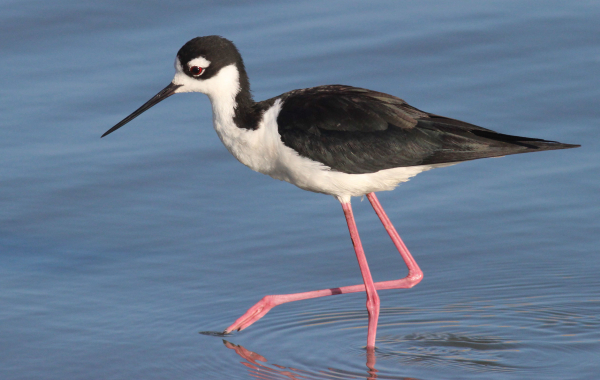
And that’s the bottom line: Do your own shopping and comparisons with your own budget and interests in mind. But I hope my suggestions and insights are helpful in this process, and I stand by the fact that the camera bodies and lens that I provide as a starting point are informed choices that I would make if I was buying a camera and lens today.
These days it’s easy to shop online to find the best equipment and a good price. One place to start your search is B&H Camera & Video, a trustworthy company with a great volume of electronic equipment that specializes in cameras, lenses, and photo accessories. But again, if you talk to a sales person with any company, they are likely not going to understand what’s in your best interests as a bird photographer – it’s a very specialized part of the broad umbrella of activities that fall under the heading of photography.
The East Coast birder I referred to in the beginning of this article was looking for a “simple” camera, and while the terminology and variety of features used to describe each camera model and lens may seem overwhelming, for bird photography you can simplify your settings down to about 5 choices, and keep them fairly standard. I provide information related to these choices almost every week in this Bird Photography feature, often called out under a “Tech” heading. A helpful Bird Photography article to refer to was published here a few weeks ago in the September 28 issue and it is available in the Archives of The Birding Wire; the direct link is Birding Wire
All-in-one Cameras
I really hesitate to suggest an “all-in-one camera,” usually left to birders looking for a documentary-level camera, but some serious hobbyists have opted to use this model over their bigger bulkier better camera, lens, and tripod combos at times. I offer an example here as a big compromise to the above cameras and lenses, and don’t recommend this type of camera for bird photography, but the Canon Powershot has been around many years and its latest generation, the Canon Powershot SX50 HS ($600) is described at PowerShot SX70 HS (canon.com)
During the past 60 years we have progressed from black-and-white photos produced as negative film and printed in a darkroom filled with magic liquids and an enlarger to the widespread use of color photographs as prints and slides. In the 1990s we saw the big change to digital photography with digital images stored on a computer card, that are edited and printed using photo editing software on your personal computer – or shared digitally directly via WiFi or Bluetooth communications networks – via camera or computer. What’s next? Well, let’s start with getting more birders in the field with cameras that will enhance and expand all their birding experiences, and improve their abilities as bird photographers year by year – Good Luck and enjoy this grand period of bird photography!
Article and photographs by Paul Konrad
Share your bird photos and birding experiences at editorstbw2@gmail.com